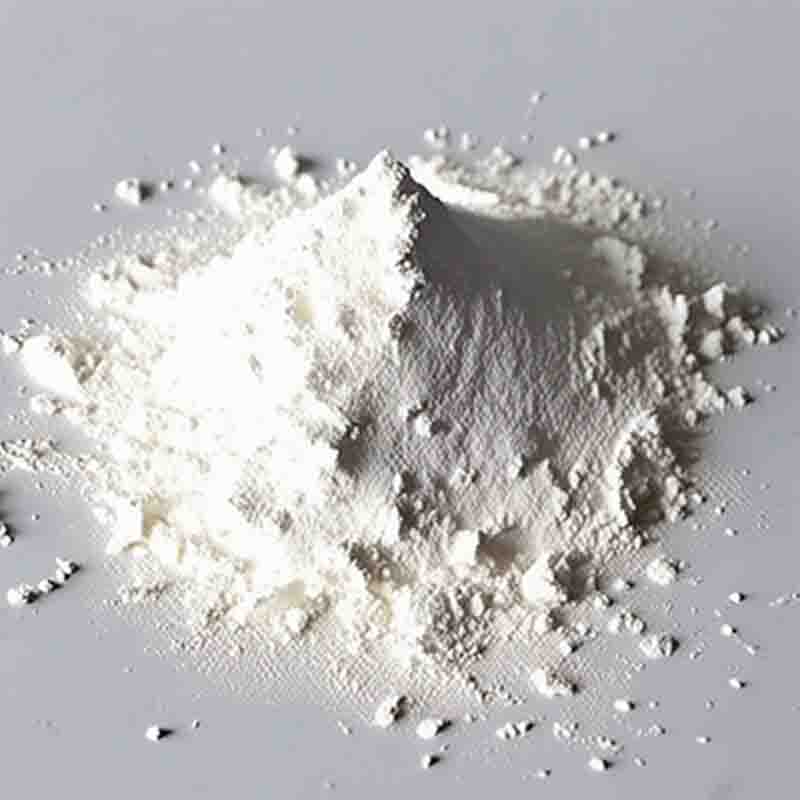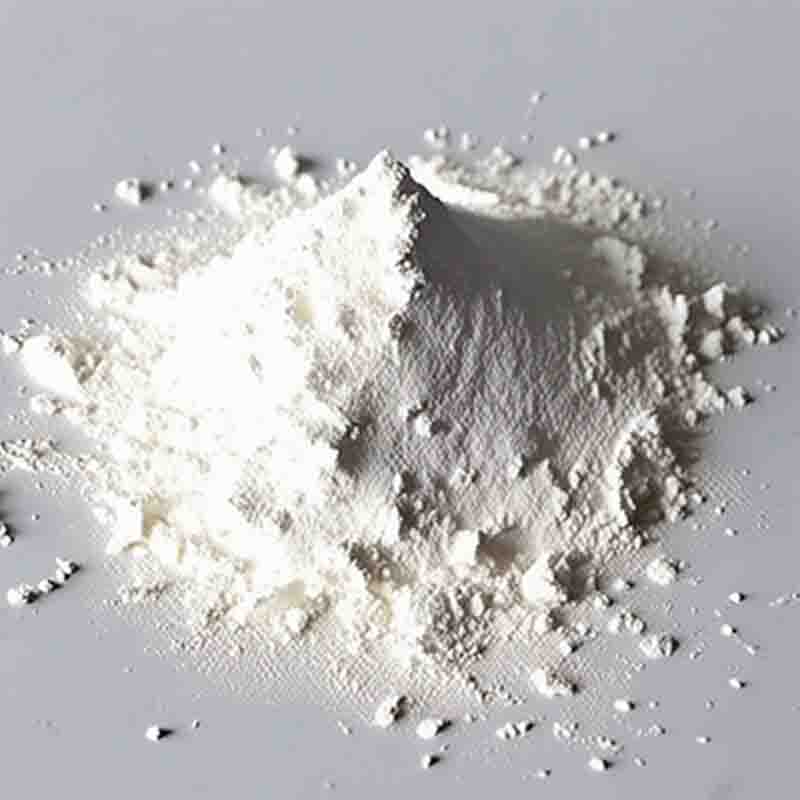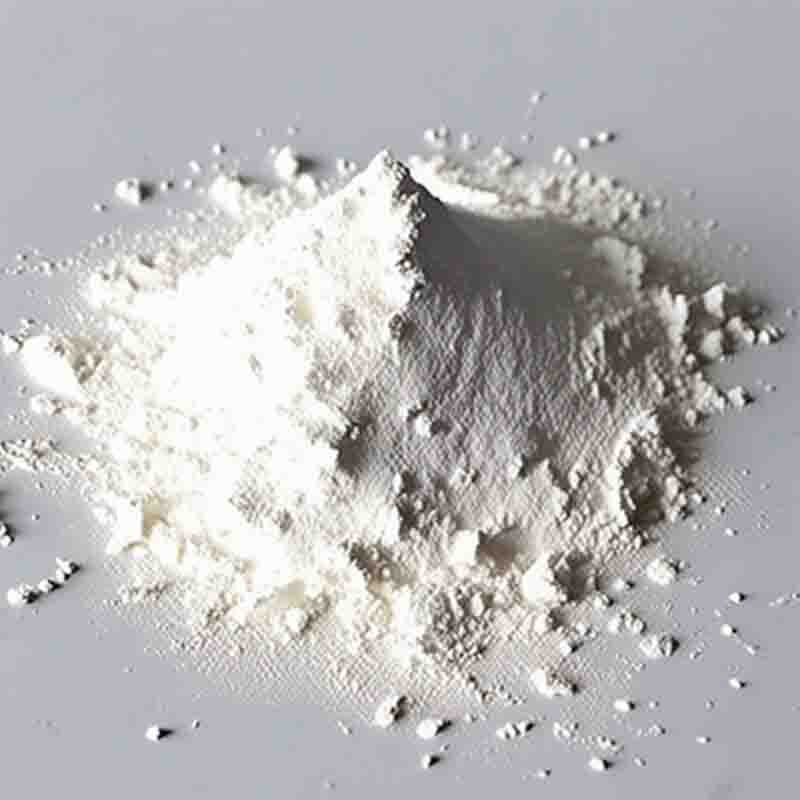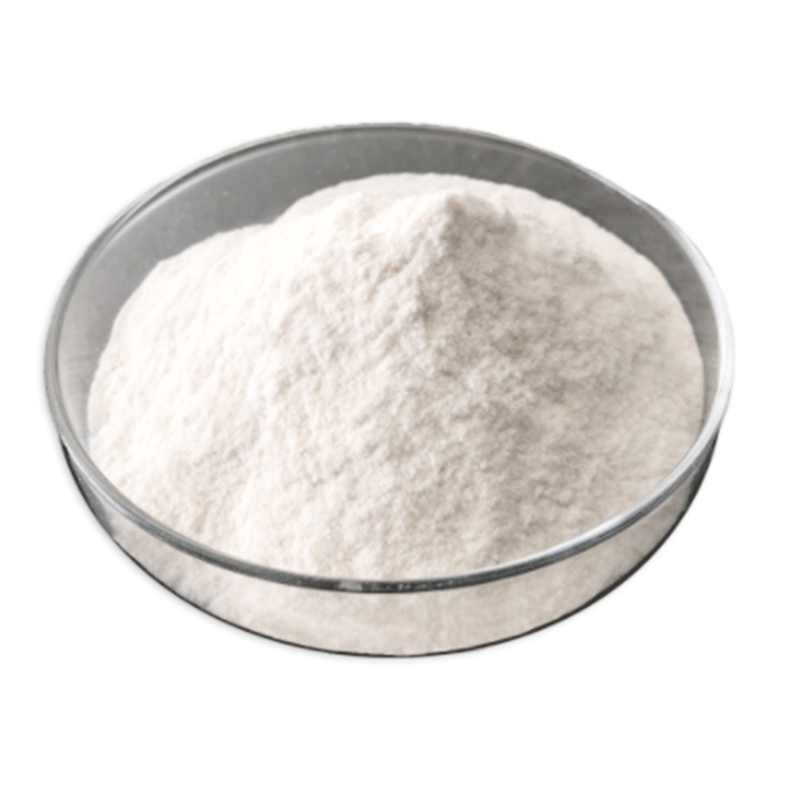(E)-Methyl 1-acetyl-3-(Methoxy(phenyl)Methylene)-2-oxoindoline-6-carboxylate CAS: 1168152-07-5
| Catalog Number | XD93902 |
| Product Name | (E)-Methyl 1-acetyl-3-(Methoxy(phenyl)Methylene)-2-oxoindoline-6-carboxylate |
| CAS | 1168152-07-5 |
| Molecular Formula | C20H17NO5 |
| Molecular Weight | 351.35 |
| Storage Details | Ambient |
Product Specification
| Appearance | White powder |
| Assay | 99% min |
(E)-Methyl 1-acetyl-3-(methoxy(phenyl)methylene)-2-oxoindoline-6-carboxylate is a complex chemical compound with a unique molecular structure. This compound possesses several potential applications due to its diverse properties and functional groups.One potential use for (E)-Methyl 1-acetyl-3-(methoxy(phenyl)methylene)-2-oxoindoline-6-carboxylate is in the field of medicinal chemistry. The presence of the acetyl group suggests its potential as a prodrug, meaning that it could be designed to undergo enzymatic or chemical transformations in the body to release an active drug. Medicinal chemists may explore the compound's pharmaceutical properties, such as its ability to inhibit enzymes or interact with specific biological targets, to develop new drug candidates.Moreover, the presence of the methoxy and phenylmethylene groups in (E)-Methyl 1-acetyl-3-(methoxy(phenyl)methylene)-2-oxoindoline-6-carboxylate makes it an interesting compound for organic synthesis. Chemists can utilize these functional groups for further derivatization, allowing the introduction of various substituents or modifications to the compound. This flexibility enables the synthesis of novel molecules with potentially enhanced biological activities or specific chemical properties.Another potential application lies in the compound's potential as a fluorescent probe in biological imaging studies. The indoline core of (E)-Methyl 1-acetyl-3-(methoxy(phenyl)methylene)-2-oxoindoline-6-carboxylate has inherent fluorescence properties that can be exploited for fluorescence imaging or sensing applications. Researchers may modify the compound or use it as a precursor to synthesize fluorescent dyes or tags for studying cellular processes, protein-protein interactions, or molecular dynamics.Additionally, the presence of the carboxylate group may indicate the compound's potential as a chelating agent or metal ligand. Chelation involves the formation of coordination complexes with metal ions, and carboxylate groups are known to exhibit strong metal-binding capabilities. (E)-Methyl 1-acetyl-3-(methoxy(phenyl)methylene)-2-oxoindoline-6-carboxylate may serve as a starting material for the synthesis of metal-chelating compounds, which could find applications in catalysis, metal extraction, or analytical chemistry.In summary, (E)-Methyl 1-acetyl-3-(methoxy(phenyl)methylene)-2-oxoindoline-6-carboxylate has a range of potential applications, including medicinal chemistry, organic synthesis, fluorescent imaging, and metal chelation. Continued research and exploration of its properties may lead to the development of new drugs, fluorescent probes, or metal-based materials with diverse uses in various scientific and technological fields.







![4-[3-Chloro-4-(cyclopropylaminocarbonyl)aminophenoxy]-7-methoxy-6-quinolinecarboxamide CAS: 417716-92-8](https://cdn.globalso.com/xdbiochems/白色粉末2271.jpg)

